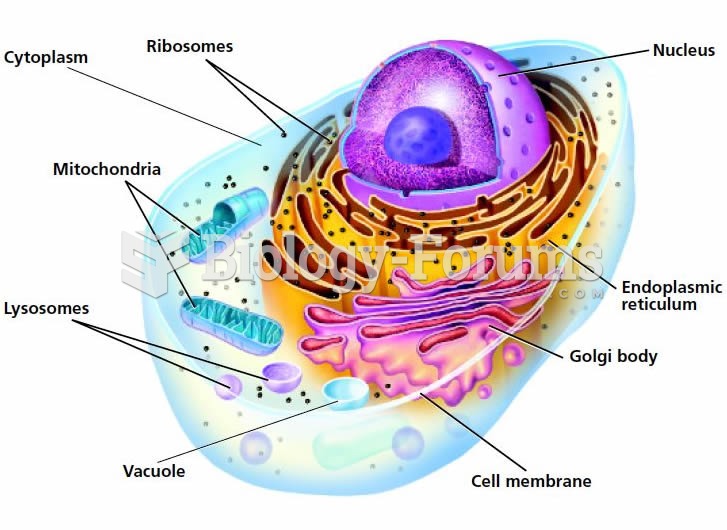Answer to Question 1Rivers bring in most new sand on a coast. The sand is moved parallel to the beach by
longshore drift, and it is moved onshore and offshore at right angles to the beach as the
seasons change. If a beach is stable in size, neither growing nor shrinking, the amount of new
sand entering must be balanced by the amount of old sand being removed. Sand that drifts
below the reach of wave action is lost from the coast and may migrate farther out on the
continental shelf. Some sand is driven by longshore currents into the nearshore heads of
submarine canyons. Sand moving away from shore in these canyons sometimes forms
impressive sandfalls and is lost from the beaches above. The bulk of this material is
transported by gravity down the axis of the canyon and ultimately deposited on a submarine
fan at the base of the slope. The natural sector of a coastline in which sand input and sand
outflow are balanced may be thought of as a coastal cell. Coastal cells are usually bounded by submarine canyons that conduct sediments to the deep sea. Their size varies greatly. They
are often very large along the relatively smooth, tectonically passive trailing edges of
continents; coastal cells along the southeastern coast of the United States, for example, are
hundreds of kilometers long.
Answer to Question 2Coasts can be affected by long-term change in sea level. Five factors can cause sea level to
change. Three of these factors are responsible for eustatic change, variations in sea level that
can be measured all over the world ocean:
(1) The amount of water in the world ocean can vary. Sea level is lower during periods of
global glaciation (ice ages) because there is less water in the ocean. It is higher during warm
periods, when the glaciers are smaller. Periods of abundant volcanic outgassing can also add
water to the ocean and raise sea level.
(2) The volume of the oceans container may vary. High rates of seafloor spreading are
associated with the expansion in volume of the oceanic ridges. This expansion displaces the
oceans water, which climbs higher on the edges of the continents. Sediments shed by the
continents during periods of rapid erosion can also decrease the volume of ocean basins and
raise sea level.
(3) The water itself may occupy more or less volume as its temperature varies. During times
of global warming, seawater expands and occupies more volume, raising sea level.
Two of these factors produce variations in local sea level:
(4) Tectonic motions and isostatic adjustment can change the height and shape of a coast.
Coasts can experience uplift as lithospheric plates converge or can be weighed down by
masses of ice during a period of widespread glaciation. The continents slowly rise when the
ice melts.
(5) Wind and currents, seiches, storm surges, an El Nio or La Nia event, and other effects
of water in motion can force water against the shore or draw it away.







